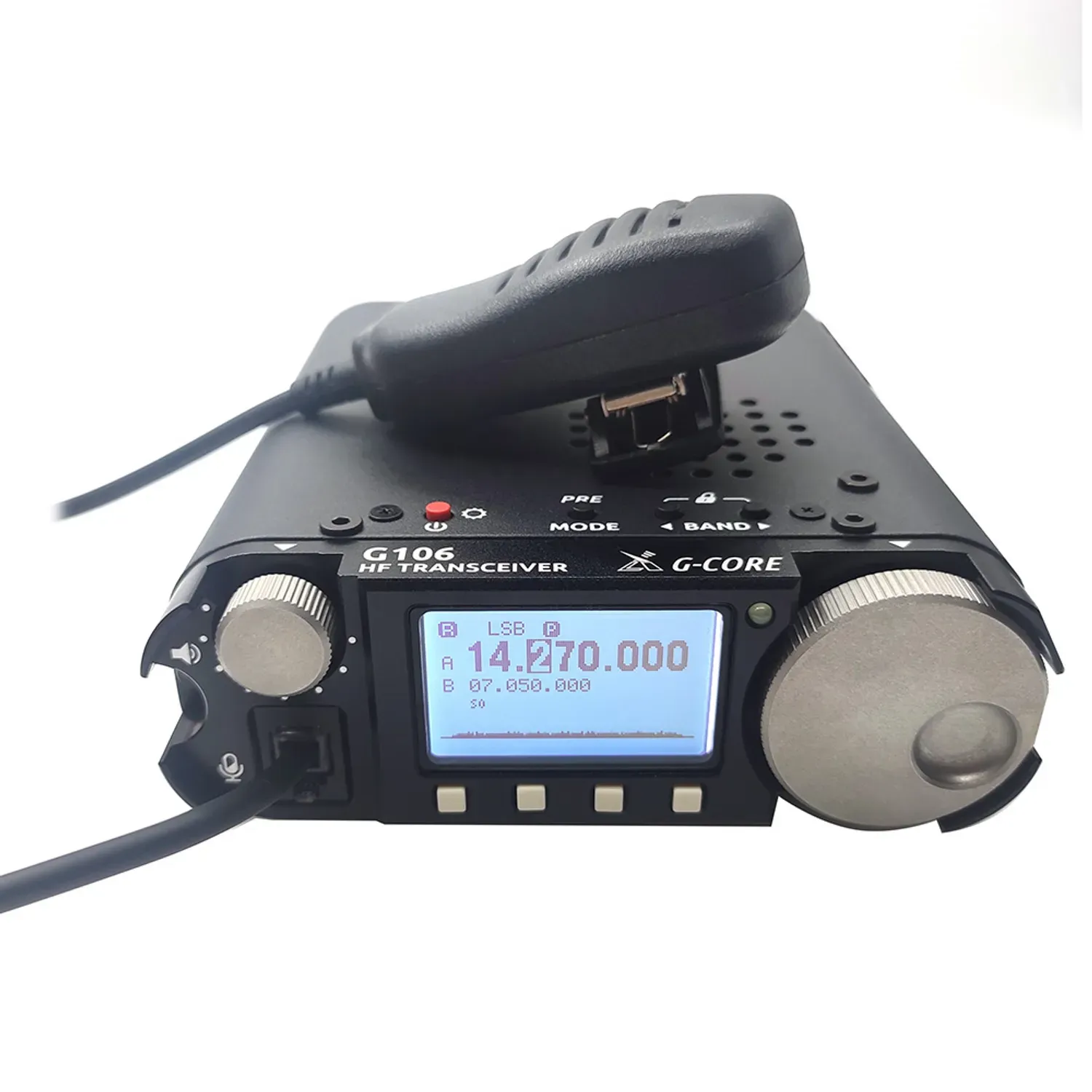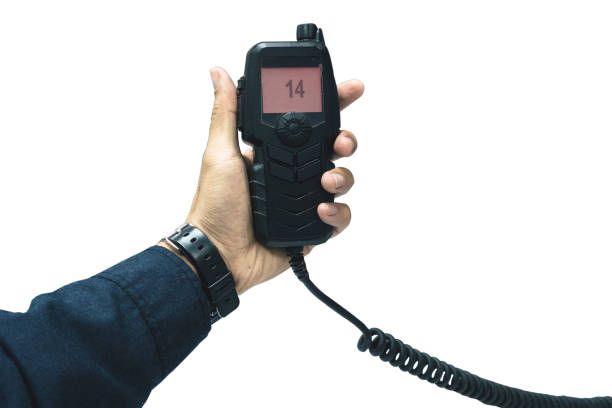
Send Inquiry
What is the Difference Between CB and Ham Antenna?
In the world of radio enthusiasts, the antenna is a critical component that can make or break your communication experience. If you're diving into the realm of radio, you've likely encountered two primary types of antennas: CB (Citizens Band) antennas and ham (amateur) antennas. Understanding the difference between these two can help you make informed decisions about your radio setup. In this article, we’ll explore what sets CB and ham antennas apart, highlighting their unique features, uses, and how to choose the right one for your needs.
Understanding the Basics
CB Antenna
Citizens Band radio (CB) operates in the 27 MHz frequency range. It’s a popular choice for short-distance communication, often used by truckers, off-roaders, and hobbyists. A CB antenna is specifically designed to work within this frequency range, optimizing performance for this band. The most common types of CB antennas include:
- Whip Antennas: These are long and flexible, providing excellent range.
- Magnetic Mount Antennas: Easy to install and remove, they attach to a vehicle using a magnetic base.
- Fiberglass Antennas: Durable and ideal for rugged environments.
Ham Antenna
Ham radio, or amateur radio, covers a much broader frequency spectrum, from 1.8 MHz to over 300 GHz. This versatility allows ham operators to communicate over short and long distances, even internationally. Ham antennas are designed to operate across multiple bands, and the type of antenna you choose can significantly affect your performance. Common types of ham antennas include:
- Dipole Antennas: Simple and effective for various frequencies.
- Yagi Antennas: Directional and ideal for long-distance communication.
- Vertical Antennas: Compact and good for both local and distant contacts.
Key Differences Between CB and Ham Antenna
Frequency Range
The most significant difference between CB and ham antennas is the frequency range they are designed to cover. CB antennas are optimized for the 27 MHz range, while ham antennas need to be versatile enough to handle a wide array of frequencies. This fundamental difference means that a ham antenna requires more complex engineering and often includes adjustable components to tune into different bands effectively.
Size and Design
CB antennas tend to be simpler and more uniform in design because they only need to cater to one specific frequency band. Ham antennas, on the other hand, can vary greatly in size and design due to the wide range of frequencies they support. For example, a ham operator might have a compact vertical antenna for local communication and a large Yagi antenna for international contacts.
Installation and Setup
Installing a CB antenna is generally straightforward. Most CB users need an antenna that’s easy to mount on a vehicle or a home setup without extensive tuning. Magnetic mount and whip antennas are particularly popular for their ease of use.
In In contrast, setting up a ham antenna can be more complex. Depending on the frequencies you wish to operate on, you might need to invest in multiple antennas or an antenna that can be tuned to different bands. Additionally, ham antennas often require a more permanent installation, sometimes involving towers or rooftop mounts.
Performance and Range
CB antennas are designed for short to medium-range communication. Typically, you can expect a range of up to 20 miles, although this can be affected by terrain, weather, and other factors. The focus here is on reliable, clear communication over relatively short distances.
Ham antennas, however, are built for versatility. They can handle everything from local contacts to long-distance (DX) communication, even bouncing signals off the ionosphere to reach the other side of the globe. This enhanced performance comes from the ability to operate on various frequencies, which allows ham operators to choose the best band for the distance and conditions they’re working with.
Legal and Licensing Differences
Operating a CB radio does not require a license in most countries, making it accessible to anyone interested in short-distance communication. The simplicity of use and legal accessibility make CB radios and antennas a popular choice for casual users and hobbyists.
Ham radio, however, does require a license. To operate on ham frequencies legally, you must pass an examination that demonstrates your knowledge of radio theory, regulations, and operating practices. This licensing ensures that ham operators have a deeper understanding of their equipment and the principles behind radio communication.
Choosing the Right Antenna for Your Needs
When deciding between a CB and ham antenna, consider your communication needs. If you're looking for a straightforward, easy-to-use system for short-distance communication, a CB radio with a simple whip or magnetic mount antenna might be perfect for you. This setup is ideal for road trips, off-roading, or keeping in touch with nearby friends and family.
On the other hand, if you're fascinated by the world of radio and want to explore long-distance communication, international contacts, and a variety of frequencies, investing in a ham radio setup with versatile antennas is the way to go. While this requires more initial effort in terms of licensing and setup, the rewards in terms of communication possibilities are vast.
Conclusion
In summary, the difference between CB and ham antennas boils down to frequency range, design complexity, installation requirements, performance capabilities, and legal considerations. CB antennas are perfect for those who need a simple, reliable communication tool for short distances. Ham antennas offer a gateway to a broader, more versatile world of radio communication, suitable for enthusiasts willing to invest time and effort into mastering the equipment and frequencies.
If you're looking to delve into the world of ham radio and need a reliable, high-performance antenna, consider the range of options offered by Ruixue. Ruixue's ham antennas are designed with versatility and efficiency in mind, ensuring you get the best possible performance across multiple frequency bands. Whether you're a seasoned ham operator or just starting, Ruixue's antennas provide the reliability and capability you need to make the most of your radio communications. By choosing Ruixue, you're not just investing in an antenna; you're enhancing your entire radio experience. Happy communicating with Ruixue!


